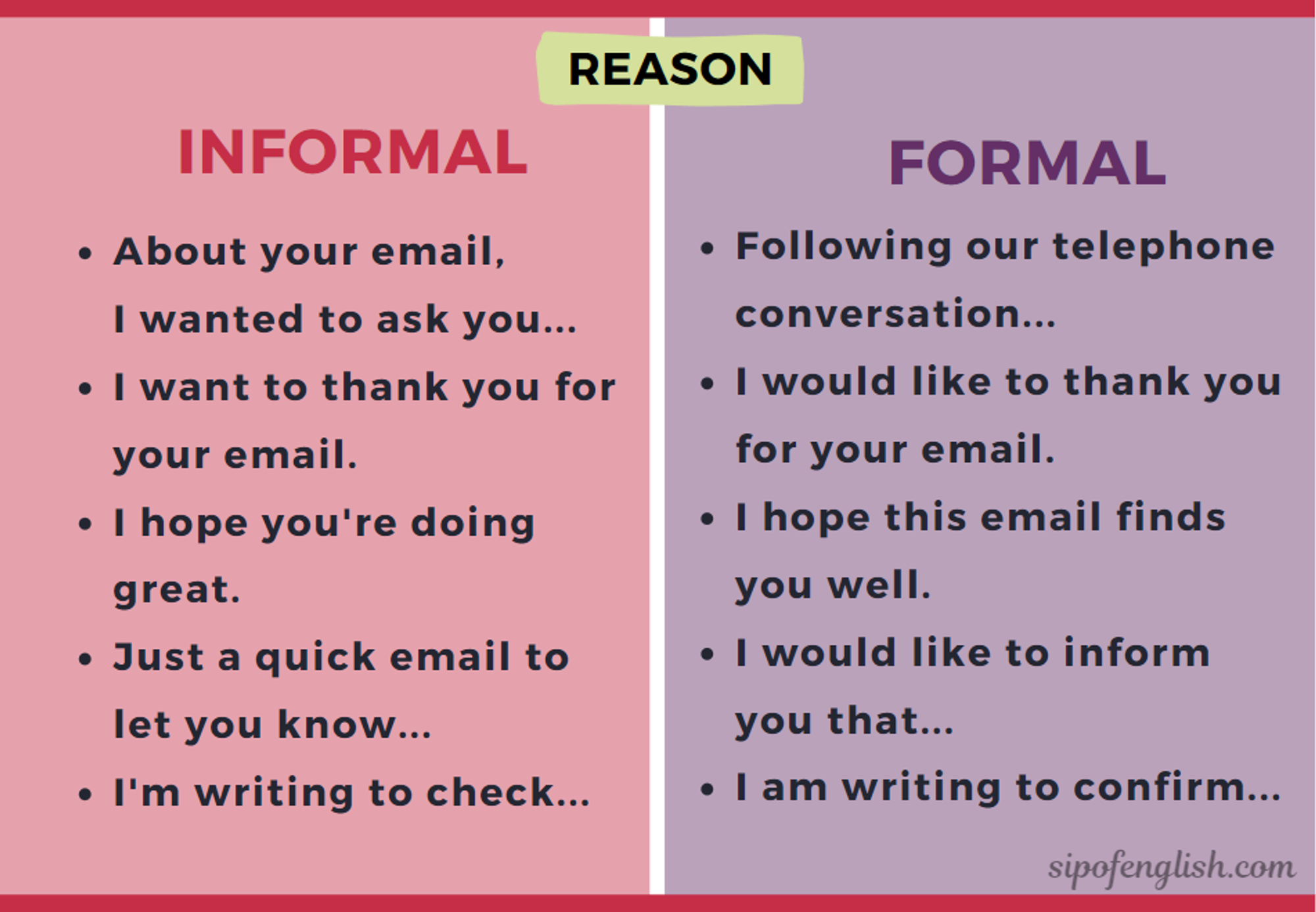
Balancing formality and informality
Balancing formality and informality in communication is a delicate skill, particularly important in professional contexts where the appropriate level of formality can vary greatly depending on the situation, audience, and cultural norms. Here are some guidelines to help you strike the right balance:
Understanding the Context
-
Know Your Audience: The level of formality depends largely on your relationship with the audience. Formal language is typically used with senior management, clients, or external stakeholders, while a more informal tone might be appropriate among colleagues or in a less formal corporate culture.
-
Consider the Purpose of Communication: Formal communication is often necessary for official reports, legal documents, or serious subject matters. Informal communication might be suitable for internal emails, casual meetings, or team communications.
-
Cultural Sensitivity: Different cultures have varying expectations regarding formality. Be aware of these nuances, especially in international business environments.
Tips for Balancing Formality and Informality
-
Start Formal, Then Adjust: In a new or uncertain situation, it’s safer to start with a formal tone. You can always become less formal as the situation allows, but it’s difficult to recover from an overly informal start.
-
Use Polite Language: Regardless of the level of formality, politeness is key. Phrases like “please,” “thank you,” and “kind regards” are effective in both formal and informal settings.
-
Avoid Slang and Colloquialisms: In a professional context, it’s generally best to avoid slang, idioms, or colloquial expressions, especially if you’re communicating with someone from a different cultural background.
-
Be Cautious with Humor: Humor can be a tricky thing to navigate in professional settings, particularly in written communication where tone can be misinterpreted.
-
Observe and Mimic: Pay attention to how others in your organization or industry communicate. Mimicking the tone of those around you can be a safe strategy, especially when you’re new to an environment.
-
Use Clear and Concise Language: Regardless of formality, clarity and conciseness are always important. Avoid overly complex language or jargon that might confuse the reader.
-
Adjust Your Communication Style Over Time: As relationships develop and you become more familiar with the preferences of your audience, you can adjust your level of formality accordingly.
Examples
-
Formal: “Dear Mr. Smith, I am writing to inform you of the recent developments in the project. We have encountered some challenges that require your attention.”
-
Semi-Formal: “Hi John, I wanted to update you on the project. We’ve hit a few snags and could use your input on how to proceed.”
-
Informal: “Hey John, ran into some issues with the project. Can we chat about it this afternoon?”
Balancing formality and informality effectively requires attentiveness to the subtleties of each communication situation. It’s about respecting the norms and expectations of your audience while also being authentic in your expression. Over time, as you gain experience and understanding of your professional environment, this balance will become more intuitive.